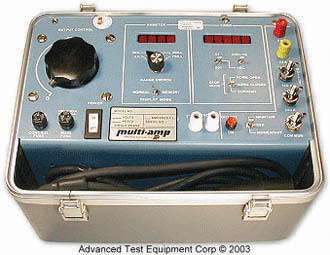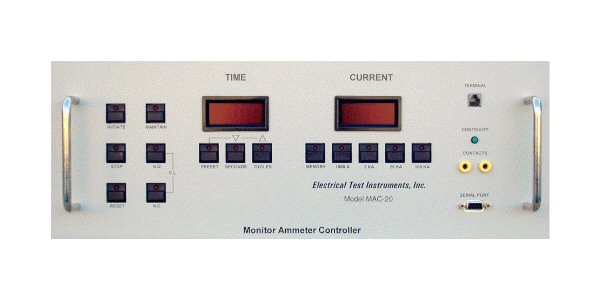Your two most important design criteria are
- What is the duty cycle?
- How much open-circuit voltage do you need?
Taking the second one first, your transformer is not going to be 'short-circuited'. At 320 A, you need to account for every mΩ of cable resistance, MCB resistance, and worst-case contact resistance at bolted connections. Even if you kept the series connection of your load, your transformer secondary resistance, and the reflected primary resistance, down to (for instance) 20 mΩ, then you would need 0.02 x 320 = 6.4 V.
A 6.4 V 320 A continuously rated transformer would need to be 2 kVA, which would be expensive, and around the upper limit of your weight allowance.
As this is for delivering short pulses, your windings do not need to be rated for continuous operation, which is where the transformer handles the wasted heat by dissipating the power at constant temperature (isothermal). Operated for a short pulse, the mass and thermal capacity of the windings absorbs the waste energy, for a modest temperature rise, the so-called adiabatic region. Anything less than 10 seconds is well within the adiabatic regime.
Ordinary transformers tend not to be pulse rated, so you would need to do your own calculations of copper mass and temperature rise. Fortunately it's quite easy to do your own measurements of temperature rise. Copper resistance increases by 0.4% per degree, or 10% for 25 C, so you make a measurement of winding resistance, apply a short high current pulse, and re-measure the resistance quickly, before the winding heat dissipates into the core. The maximum permissible rise is governed by the temperature handling of the insulation, which may or may not be specified by the supplier. Don't forget that this adiabatic rise happens on top of the starting temperature of the transformer. You do not need to measure lots of different pulse lengths to characterise as, once in the adiabatic region, the I2t stays constant.
The transformer still needs a continuous rating to handle the average load, so how many one second pulses are you going to deliver per minute?
At a high current overload, the transformer's eventual failure mode would be overheating. In order to use a small transformer like this safely, you would need to monitor the temperature, and shut down if it was inadvertently driven into a 320 A load continuously.
Transformers are often rated somewhere around 5% regulation. Using a transformer at 10x its rated continuous current would probably give you 50% regulation, still adequate for your testing purposes. It would also give 100x the dissipation, so take that into account when calculating the duty cycle and average dissipation.
Finally, to your actual question, whether to use toroidal or a conventional lamination stack?
Toroidal transformers tend to be slightly more efficient in use of materials than EI or C-core types, but it's really whether you can find any with the right winding voltages available, as getting a custom wound transformer is expensive, whatever the core type.
FWIW, I had to source one 6 V 100 A continuously rated transformer, for testing smart meters. Nothing with that winding ratio was available off the shelf, and I was quoted silly money to have one made. So I bought the cheapest 600 VA toroidal transformer that I could from a catalogue, and stripped the secondary winding from it to make more room, leaving the earthed screen and the primary underneath it intact. I then wound a new secondary with a few turns of 32 mm2 (actually bifilar 16 mm2!) plastic insulated single core cable. A toroidal was ideal in that case as a short secondary can simply be threaded through the hole.
It might be nice to be able to select the ratio of the transformer, so you don't need as much flexibility in how you drive it. A favourite technique of mine, to minimise the number of connections and so extra space and secondary resistance, is to use a tapped secondary, and to manually connect to the required taps. For instance, if you use 6 turns, tapped at 0, 1, 4, and 6 turns, you can pick off 1, 2, 3, 4, 5, and 6 turns, by taking output from the appropriate two connections (you would have to use two anyway). This is incidentally the minimum arrangement for 4 taps, each possible connection gives a different number of turns. You can extend the principle by adding a further 3 turn winding or two in the middle to give up to 9 turns with 5 taps (nice for a decimal box) or up to 12 turns with 6 taps. It gets a bit unwieldy after that, and a binary setup starts to look more attractive.






